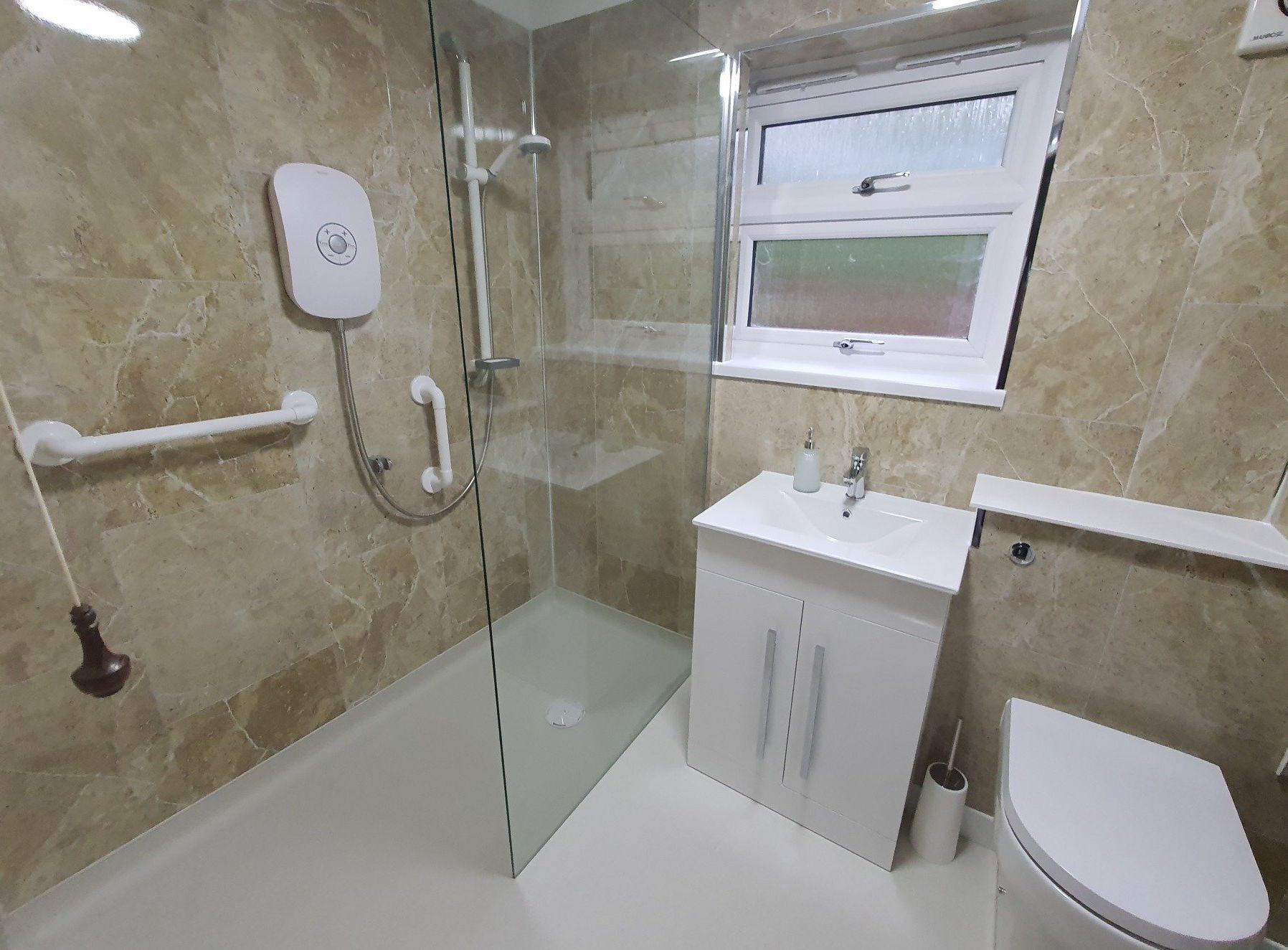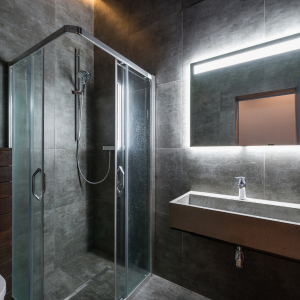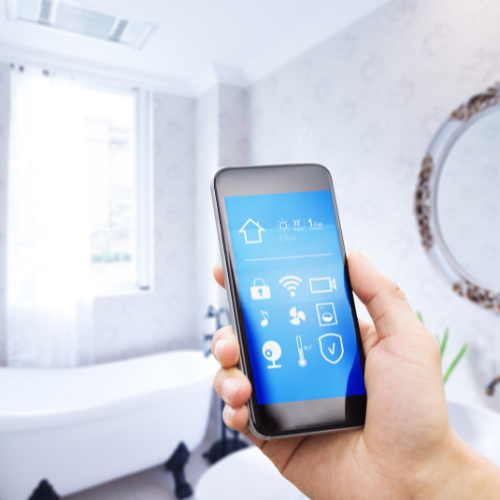Working with a Professional Bathroom Installer: Expert Advice and Support for Your Accessible Bathroom Project
Working with a Professional Bathroom Installer: Expert Advice and Support for Your Accessible Bathroom Project

Are you planning to create an accessible bathroom for an elderly or disabled loved one? Well, you're not alone. Thousands of families across the UK are looking for ways to make their bathrooms safer and more comfortable for their loved ones.
However, installing an accessible bathroom is a much more complicated project than a traditional bathroom installation. Luckily, with the help of a specialist bathroom installer, you can create the perfect accessible bathroom that meets all your needs.
At Parish Bathrooms, we specialise in creating accessible bathrooms for the elderly and disabled. We understand that every customer's needs are unique. Every one of our customers has different challenges when it comes to their mobility and every property also has its own challenges.
That's why we offer expert advice and support to ensure that you get the bathroom of your dreams. Here are some tips on working with a professional bathroom installer for your accessible bathroom project.
1. Get a Free Consultation
The first step in creating an accessible bathroom is to schedule a free consultation with a professional bathroom installer. During this consultation, our team of experts will assess your bathroom space and discuss your specific needs and requirements. We will work with you to determine the best design and layout for your bathroom and provide you with an accurate quote for the project.
2. Choose a Level Access Bathroom
A level-access bathroom is an excellent option for those who require wheelchair access or have mobility issues. A level access bathroom is designed with a shower area that is flush with the bathroom floor, making it easy to get in and out of the shower without the need to step up or down. This feature makes it much easier for wheelchair users to access the shower area, and it also reduces the risk of slips and falls.
3. Consider Grab Rails and Handheld Showers
Grab rails and handheld showers are essential safety features for an accessible bathroom. Grab rails provide support and stability for those with mobility issues, while handheld showers make it easier to reach all areas of the body. At Parish Bathrooms, we can install grab rails and handheld showers in your bathroom to ensure your safety and comfort.
4. Choose Non-Slip Flooring
One of the most important features of an accessible bathroom is non-slip flooring. Non-slip flooring reduces the risk of slips and falls, especially when the floor is wet. At Parish Bathrooms, we offer a range of non-slip flooring options, including vinyl, porcelain, and ceramic tiles. We can help you choose the best flooring option for your bathroom based on your specific needs and preferences.
Conclusion
In conclusion, working with a professional bathroom installer is the best way to create an accessible bathroom for the elderly or disabled. At Parish Bathrooms, we are committed to providing expert advice and support to ensure that you get the bathroom of your dreams. Contact us today to schedule your free consultation and start planning your accessible bathroom project.
About Parish Bathrooms
Parish Bathrooms specialises in designing and installing accessible bathrooms for elderly people with mobility issues or people with disabilities. We help people with a wide range of mobility issues. Some of our customers are just getting on in years and aren’t quite as steady on their feet, whilst others have long standing disabilities.
We are a small independent company based in Southampton and Salisbury. we pride ourselves on delivering extremely high quality work and customer service. Unlike some of the larger national companies we do not employ sales people and truly offer a no-obligation consultation and quotation.
If you or a loved one is starting to have trouble safely or confidently using the bathroom and you want to explore the possibility of having your bathroom adapted to make it easier and safer to use, then please get in touch to book a free consultation.
Contact Us
We will get back to you as soon as possible.
Please try again later.
Parish Bathrooms is an independent installer and designer of accessible bathrooms based in Salisbury and Southampton. We have many years of experience and we work with you closely to adapt your bathroom to suit your mobility needs so that you can continue to live independently in your own home for as long as possible. For more information, contact us at Parish Bathrooms.
You might also like


Book a Service Today
We will get back to you as soon as possible
Please try again later
Our Beautifully Designed Accessible Bathrooms Speak for Themselves
Are you ready to create your dream bathroom with Parish Bathrooms?
Navigation
Areas Serviced
Salisbury
Southampton
Winchester
Portsmouth
Bournemouth
Andover
The New Forest
Christchurch
Contact Info
Trading Address:
Parish Bathrooms
9 St Georges Road,
Harham, Salisbury, SP2 8LU
Registered Address:
9 St Georges Road,
Harham, Salisbury, SP2 8LU
Sign up to our newsletter for regular news and offers
All Rights Reserved | Parish Bathrooms | Privacy Policy

